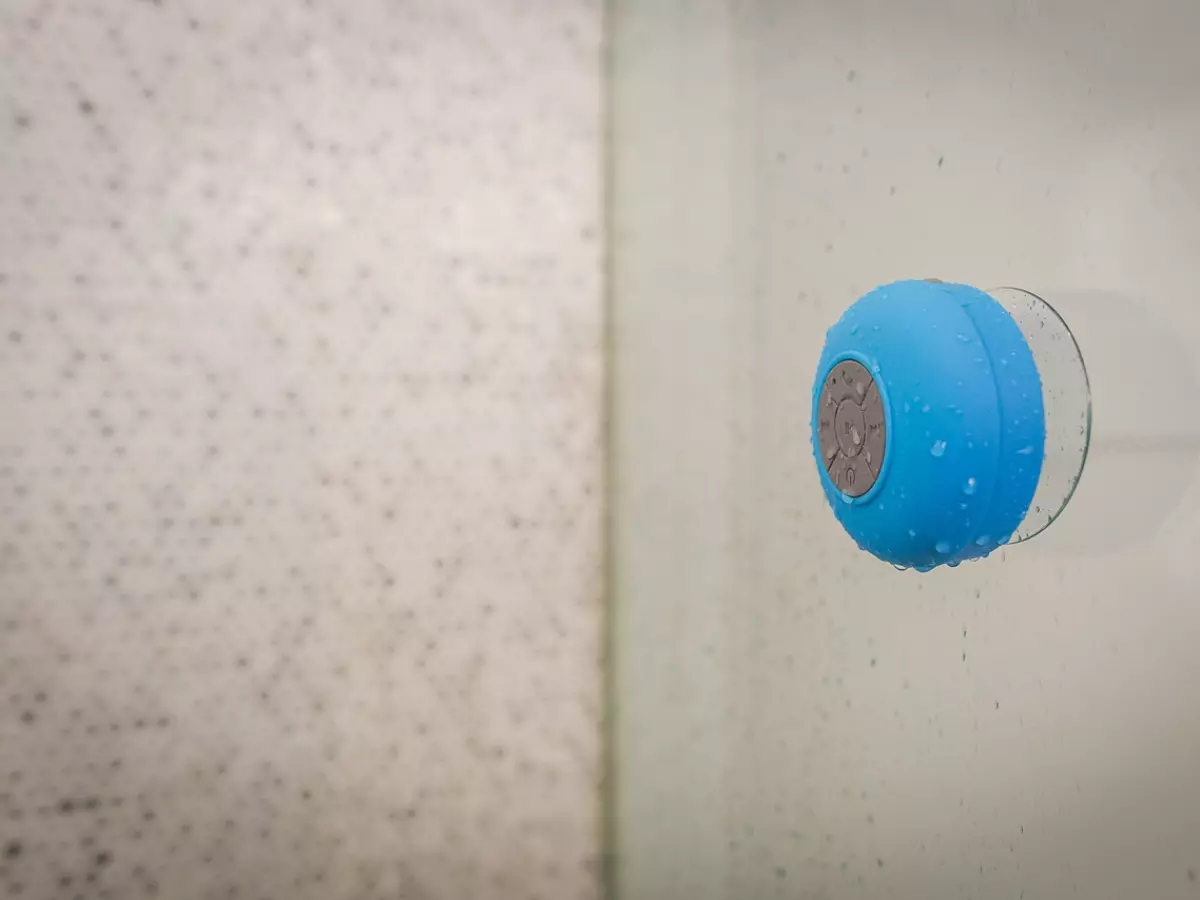Beyond the Battery
What do a Tesla and your smartwatch have in common? More than you think. Both rely on batteries that are far smarter than they appear on the surface.

By Laura Mendes
Imagine a future where your wearable device doesn’t just track your steps or heart rate but also knows when you're about to run out of energy—before you even feel tired. It could adjust its functions, dim its screen, or even suggest you take a break, all to conserve its own battery life. Sounds like sci-fi, right? Well, we’re not that far off.
Today’s wearables are already laying the groundwork for this kind of future. While we often think of batteries as simple power sources, in wearables, they’re becoming much more than that. They’re evolving into complex systems that work hand-in-hand with sensors and software to optimize not just the device’s performance but also your experience. And the secret sauce? It’s all in the integration.
Let’s break it down. First, the battery in your wearable isn’t just sitting there, waiting to be drained. It’s actively communicating with the sensors and software. When your smartwatch tracks your heart rate, for example, the battery isn’t just powering the sensor—it’s also receiving data about how much energy that sensor is using. The software then steps in, adjusting the power output to ensure that the battery lasts as long as possible. It’s like having a mini power manager on your wrist.
But here’s where it gets even more interesting. Wearable batteries are starting to incorporate machine learning algorithms. These algorithms analyze your usage patterns—when you’re most active, how often you check your notifications, how long you use GPS—and adjust the device’s power consumption accordingly. So, if you’re someone who only checks their smartwatch a few times a day, the battery will learn that and optimize its energy output to match your habits. On the flip side, if you’re a power user, the battery will adapt to give you the most juice when you need it most.
Battery as a Sensor?
Here’s a wild thought: What if your wearable’s battery was more than just a power source? What if it could act as another sensor, feeding data back to the device? We’re already seeing early signs of this. Some wearables are experimenting with using the battery to monitor temperature changes or even detect when the device is being worn. This could open up a whole new world of possibilities for wearables, making them even smarter and more efficient.
For example, imagine your smartwatch knowing when you’ve taken it off and automatically switching to a low-power mode. Or, what if the battery could detect when you’re in a hot environment and adjust its power output to prevent overheating? These are the kinds of innovations that could be just around the corner.
What’s Next?
So, where do we go from here? As wearable technology continues to evolve, we can expect batteries to play an even bigger role in the overall functionality of these devices. We’re already seeing advancements in battery materials, like solid-state batteries, which promise longer life and faster charging times. But the real game-changer will be how batteries integrate with sensors and software to create a seamless, intelligent experience.
Will we one day see wearables that never need charging because they’re so efficient at managing power? Or perhaps devices that harvest energy from your body’s movements or even your own heat? The possibilities are endless, and the future of wearables is looking brighter—and smarter—than ever.
So, the next time you glance at your smartwatch to check the battery life, remember: it’s not just a power gauge. It’s a window into a much more complex system that’s working hard to keep you connected, informed, and, most importantly, powered up.
What do you think? Could wearable batteries one day be as smart as the devices they power?





